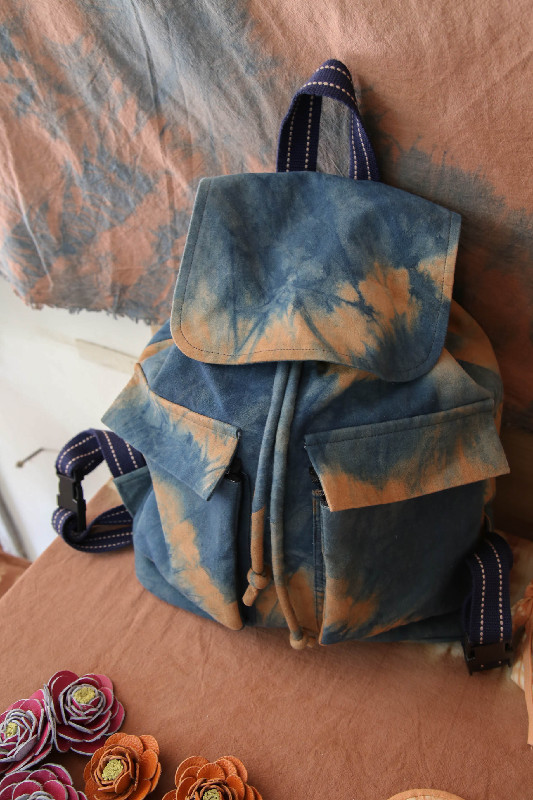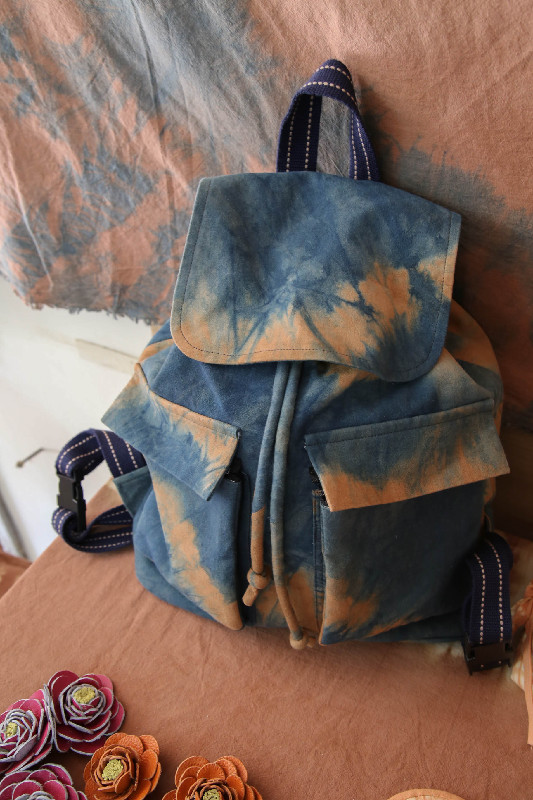
| 銷售資訊 新竹市農會 新竹市農会
|
|
NT.3600 |
|
| 規格:長168cm*寬64cm *高0.2cm |

植物染遠在周朝即有記載,是利用花、草、樹木、莖、葉、果實、種子等作為染劑,再加入其他礦物或植物等媒介,可將染材染成所要的圖案或顏色。新竹市農會家政班利用荔枝樹葉等植物製作成染劑,再用紗巾、棉布為染材,染出具古樸自然之美的植物染的產品。
新竹為台灣茶花重要產區,茶花產量佔了全臺1/3,在茶花產銷班與各個茶花園的努力下,花季時可以看到各式品種的茶花,家政班媽媽取茶花意象,利用真皮作出各式茶花飾品。
There are written accounts of plant dyes dating back to the Zhou dynasty. Flowers, grasses, trees, branches, stems, fruits, and seeds were mixed with minerals to produce dyes to create the desired effect or color. The Hsin Chu City Farmers’ Association home economics group used lychee leaves along with other plants, gauze cloths, and cotton cloths to create a simple and natural product.
Hsinchu is an important producer of Japanese camellia in Taiwan, accounting for one-third of the country's production. The efforts of the camellia production and marketing group and each grower culminate in an impressive array of flowers. The home economics group used leather to create various accessories with inspiration from the Japanese camellia.
草木染は花や草木、茎や葉、果実や種等を煮出し染料とする染め物技術で遥か昔の周の時代から伝えられてきたものです。更にその他の鉱物や植物等を加えることで、より染めたい柄や色を出すことが可能です。新竹市農会の家政クラスはライチの葉から染色剤を作り、ガーゼやコットンを材料としシンプルで美しいライチ染の商品を制作しました。
新竹は椿の主要な産地で、椿の生産量は全台湾の1/3を占めています。椿の生産団体と椿農家の努力の下、椿の開花時期には様々な品種の椿が見られ、家政クラスのお母さんは椿をモチーフに革の椿小物を制作しました。








